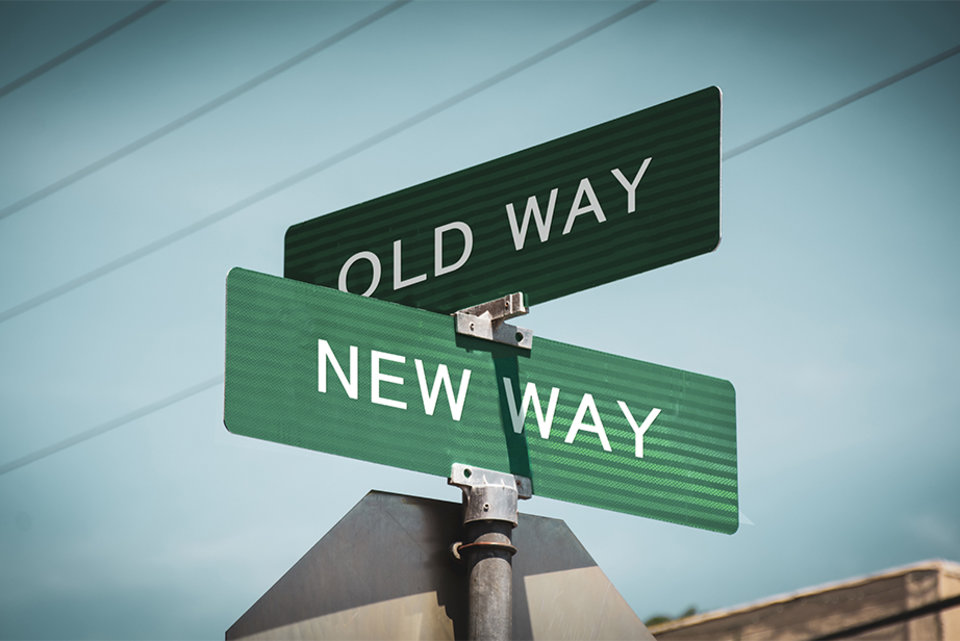To subscribe or not to subscribe
Are subscription-based models outdated?
Subscribing can be so easy; sometimes it just requires a fingerprint on a mobile phone and you are the new proud subscriber of a membership to your favorite workout app. You will now receive your weekly meal plan or workout straight to your cell phone (and a reminder to keep up if you want).
But with an increasing amount of products and services available by subscription, it also raises the question whether a commitment is always the most economical and psychologically best solution to fit the personal or business needs. While it can be very motivating to receive daily workouts and reminders that movies you might like will be available on your favorite streaming platform shortly, there is also a possibility to lose track of the necessity or the economic impact this has on financial planning. This is not only true for B2C products or services. Subscription models are very common in a B2B environment as well. Do they make sense from a planning and forecasting standpoint? Possibly so. But times can quickly change and require a certain amount of flexibility to ensure financial stability. With the challenging period we are going through at the moment a reevaluation of existing models could be beneficial. But what models are there?
Pay-as-you-go or Pay-per-usage
A common example in personal as well as commercial usage could be images or stock material purchased for content creation, prepaid mobile phone contracts, in-app purchases, pay-per-view for movies or sporting events. Software providers are increasingly relying on this model too in order to not only provide a commitment-free alternative for their users, but also as a way to demonstrate quality and confidence in their services. There are many benefits for users of pay-per-usage models like increased transparency and the immediate accessibility to the product or service. Moreover, there is usually no upfront spending involved in pay-per-usage models and the actual spent can be adapted on an ongoing basis. Another benefit can be the elimination of the lengthy decision making process that can involve the purchase of a long-term subscription plan, which usually involves multiple departments.

Short-term subscription
“Flexible” subscription models like Netflix and other streaming services, magazines or newspaper subscriptions or beauty and fashion boxes are very common and growing due to increasing flexibility modules added to their service. Mobile phone contracts are now also offered with a shorter contract length between one to three months. While this means users can easily be provided a product or service they like to enjoy every month without the need to remember to purchase a product or make a trip to the store, it can also create a false sense of “commitment”. Many users are aware of the options to cancel their service but as it is usually provided on an ongoing monthly basis, the decision to discontinue the service is often delayed as there is no “cancel by” date. Users may also continue to pay for a product or service they do not like 100% or fully utilize. Paying for a product that is only utilized at 50% capacity still costs 100%.
Long-term subscription
From software subscriptions that are often billed annually and in advance to gym memberships that are billed monthly, there are many long-term subscriptions like memberships or even leasing contracts. As this payment model often allows companies to better forecast their spent, long-term subscriptions are often used in business software. Subscription models also have benefits for product-based businesses as they eliminate the need for alerts to restock or reorder merchandise and pricing will usually remain stable for the contracted period.
Unfortunately, the planning safety comes with some disadvantages. Sometimes subscription models can accrue additional cost throughout the period due to the lack of flexibility in the contracts. For example, more users have to be added to a software subscription that was initially based on a set amount of users for the year. Another disadvantage could be a drop in work volume drops and only a percentage of the initial licenses are now used within the subscription. Long-term subscriptions are often billed in advance, creating a big initial investment for the user making the product or service unattainable for some users.
While all payment models have their benefits and disadvantages, times are quickly changing, requiring companies to be more financially flexible with the ability to cut cost wherever possible.
Future pay-as-you go models will allow users in personal as well as commercial environments to utilize an on demand pricing scheme, even when there is an increased demand. In a subscription model, this would possibly require to change plans, upgrade and add users or other costs.
Deciding which model is most effective and efficient for each individual or business need strongly depends on the fluctuations in volume, budget, planning need and many other factors. But with many companies in a need to quickly adapt to economic crisis in order to remain profitable, on demand payment services are clearly on the rise in B2B environments as well.